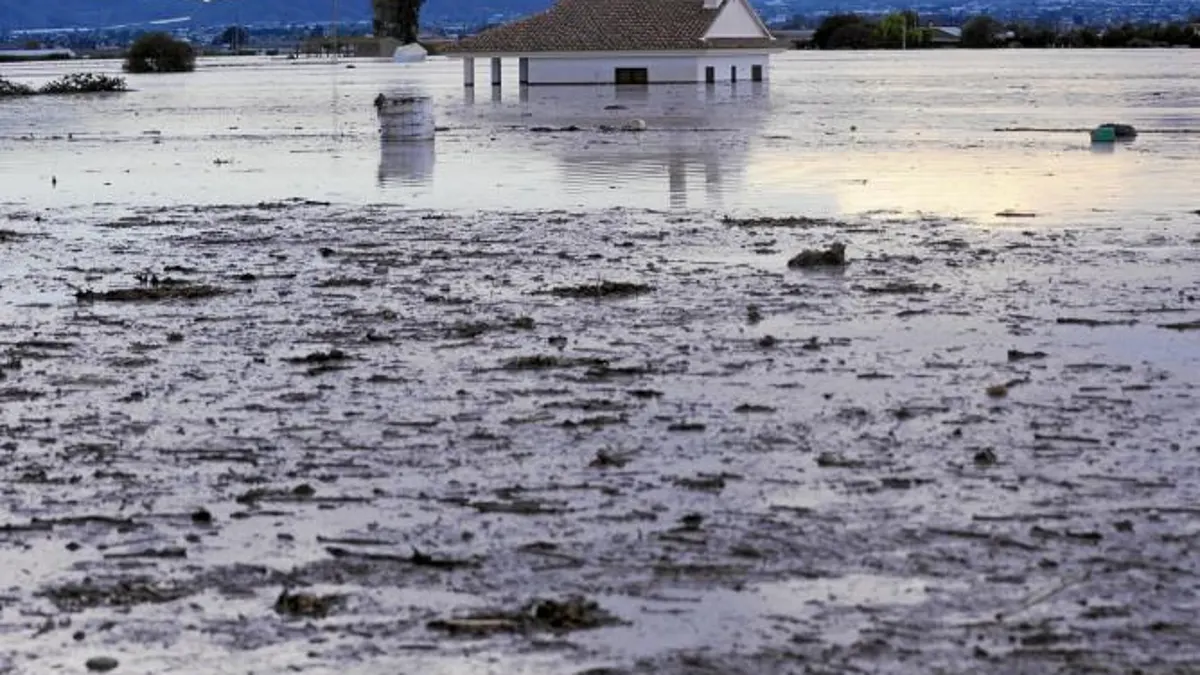
Globally, cities that are sinking are more and more numerous and range from the most expected, such as those near the coasts and in monsoon zones (Jakarta, Dhaka or Bombay), to those that have been showing signs for years (like Venice), and others less expected, like Tokyo, Houston or Shanghai. It is precisely one of 82 cities analyzed by a study to assess its possible collapse.
Published ]] and led by Robert Nicholls and Manoochehr Shirzaei, the study used satellite information to map 82 cities with a total population of nearly 700 million. The results show that 45% of the urban areas analyzed are sinking, and 16% experience a fall of 10 mm per year or more. The data shows that approximately 270 million people will be affected, and nearly 70 million will experience rapid sinking. Hot spots highlighted by the report include Beijing, Shanghai and Tianjin. In the case of Tianjin, it will be particularly affected, as land subsidence is increased by climate change and sea level rise.
As for Shanghai, the largest city in China, it has sunk up to 3 meters over the last century and continues… Thus, the authors point out, if we combine subsidence and rise in sea level, China’s urban area below sea level could triple in a centurywhich would affect up to 128 million people.
How is this information obtained? Basically, the satellites calculate how long it takes for a signal to return from one point to the satellite. The delay allows the distance to be calculated in the same way that a stone falling into a well gives indications of its depth, only in these cases satellites use more sophisticated techniques, such as LIDAR (Light Detection and Ranging), which emits an infrared signal. radius and thus calculates the delay between this emission and the reflected signal.
What is happening in Spain? As in Osaka and Tokyo, where the extraction of groundwater is responsible for the sinking of these cities, this is what is detected in some regions of Spain, according to a CSIC report. In the case of Japanese cities, this practice ceased in the 1970s and the sinking of the city ceased or was significantly reduced, but in Spain the same thing does not happen. Indeed, “over the last decades, land subsidence associated with the overexploitation of groundwater has been detected in the aquifer system of the Upper Guadalentín Basin (Spain),” indicates another report published in Remote Sensing of Environment. So much so that this area has experienced a cumulative subsidence of 2.7 meters in 14 years, due to the overexploitation of aquifers.
In our country, aquifers cover more than 90% of the national territory and overexploitation has made Spain the sixth country in the world in terms of sinking linked to this. behind the United States, Mexico, China, Italy and Iranaccording to[[LINK:EXTERNO”target=”_blank”>https://oaupmes/67786/1/PABLO_EZQUERRO_MARTINpdf|||withdatafromthePolytechnicUniversityofMadrid[[LINK:EXTERNO”target=”_blank”>https://oaupmes/67786/1/PABLO_EZQUERRO_MARTINpdf|||condatosdelaUniversidadPolitecnicadeMadrid[[LINK:EXTERNO”target=”_blank”>https://oaupmes/67786/1/PABLO_EZQUERRO_MARTINpdf|||avecdesdonnéesdel’UniversitéPolytechniquedeMadrid[[LINK:EXTERNO”target=”_blank”>https://oaupmes/67786/1/PABLO_EZQUERRO_MARTINpdf|||condatosdelaUniversidadPolitécnicadeMadridSo if we continue to overexploit aquifers and climate change not only raises sea levels but also causes us to need more water, the sinking will be even greater.

